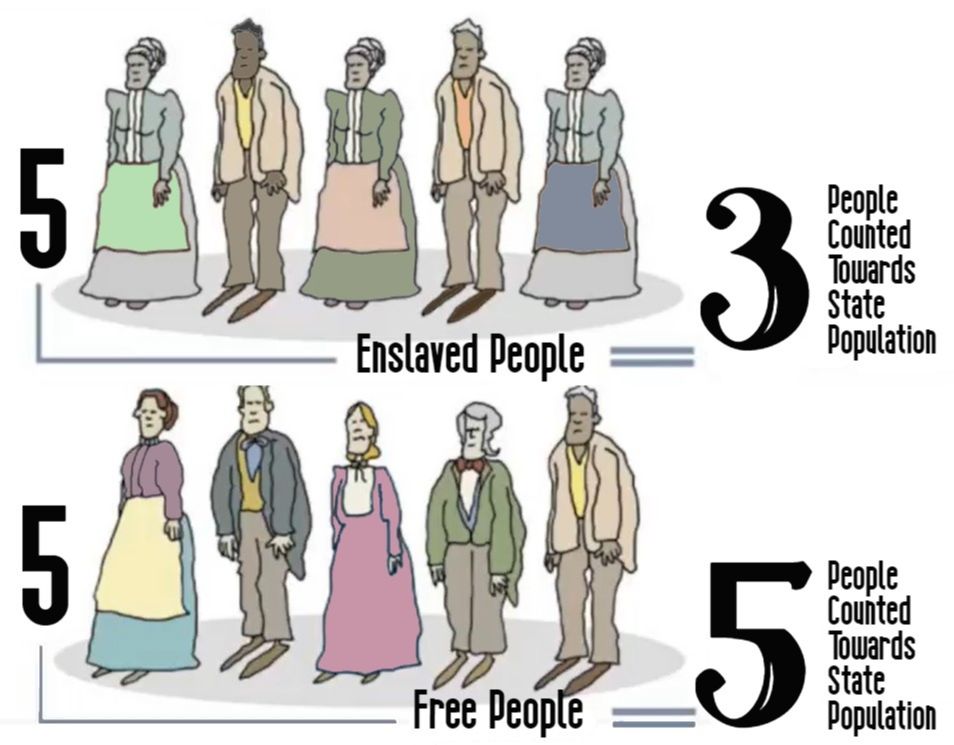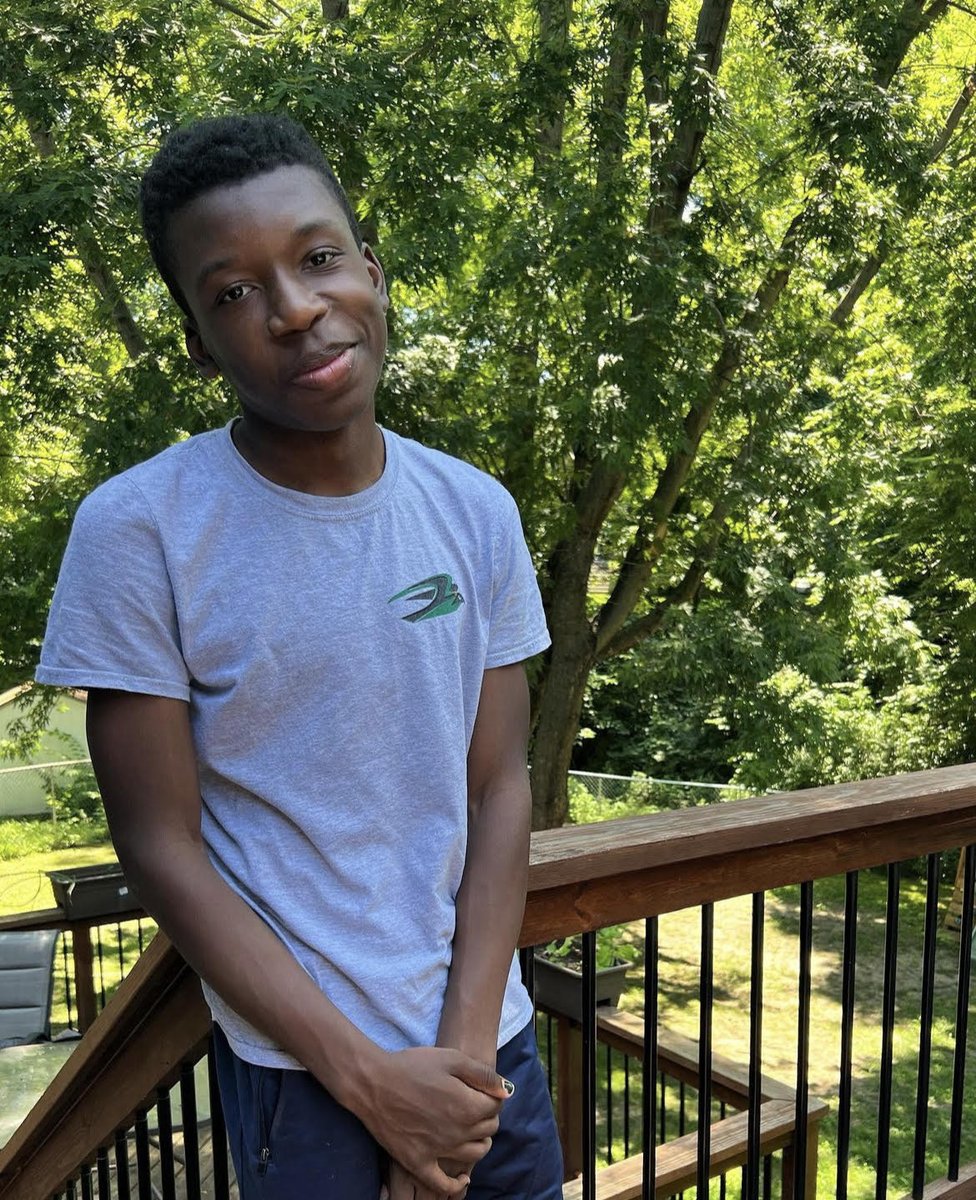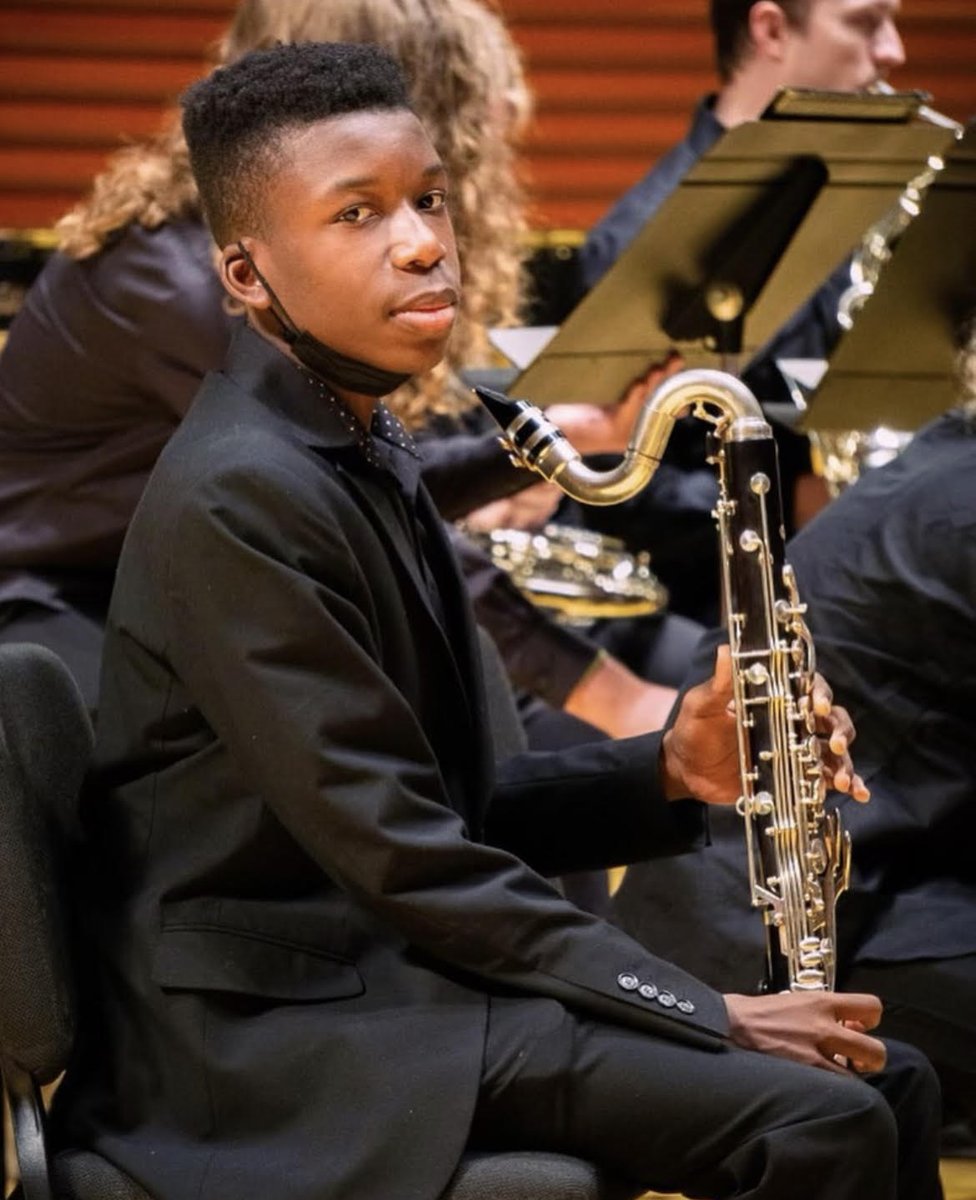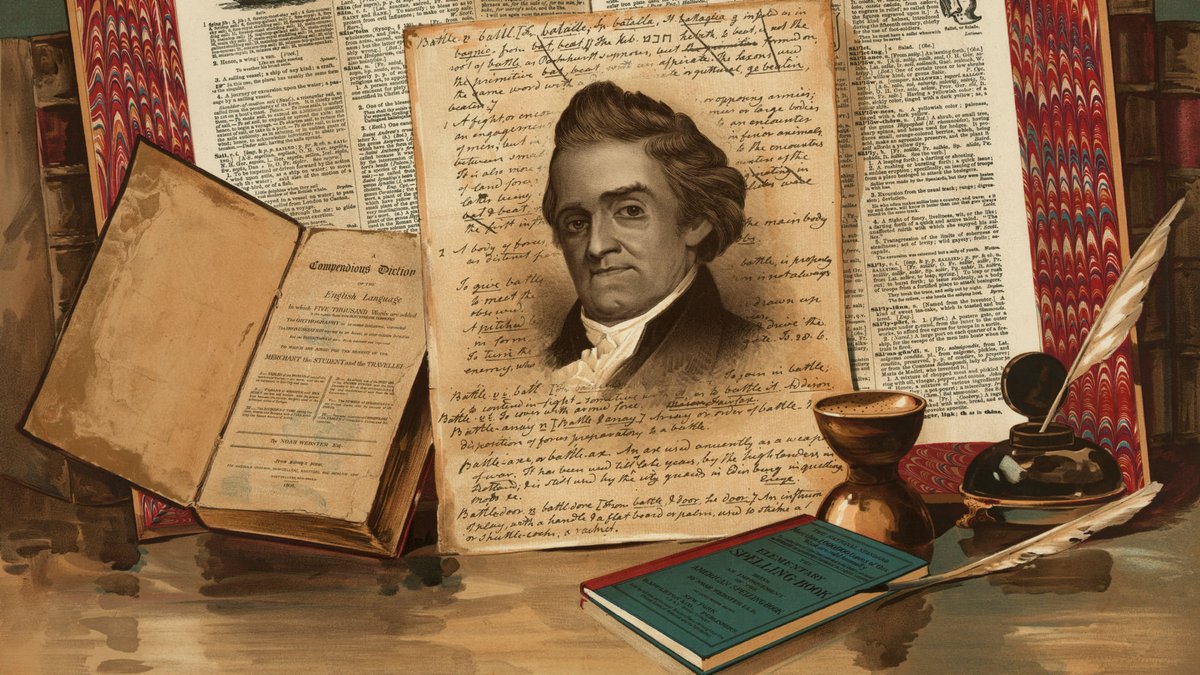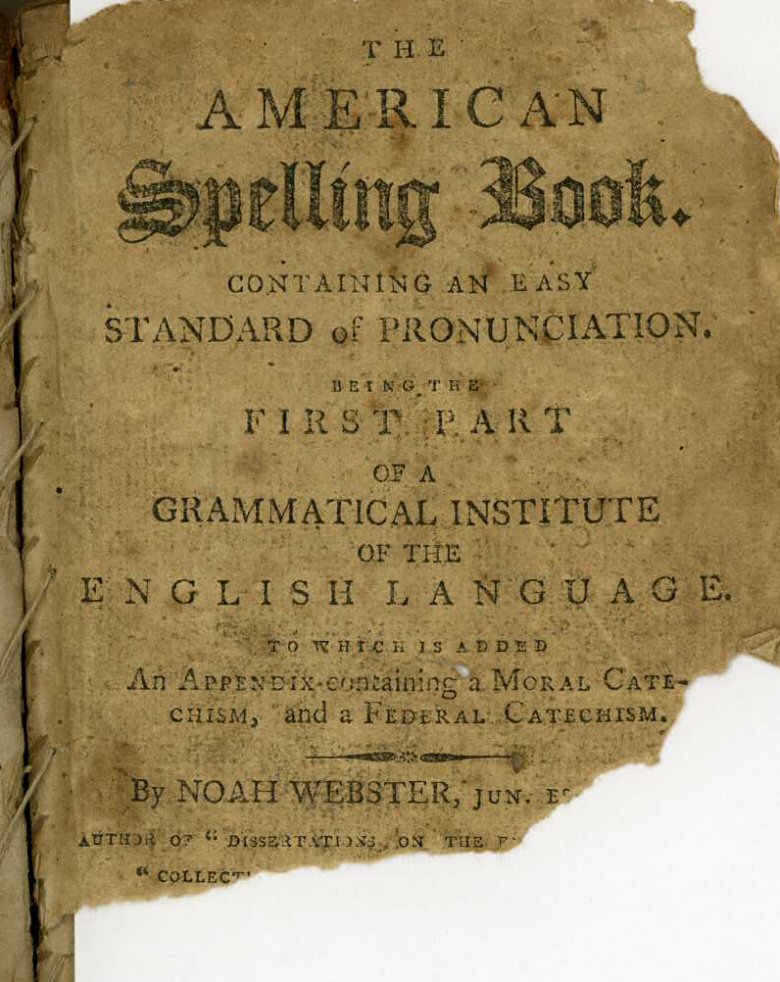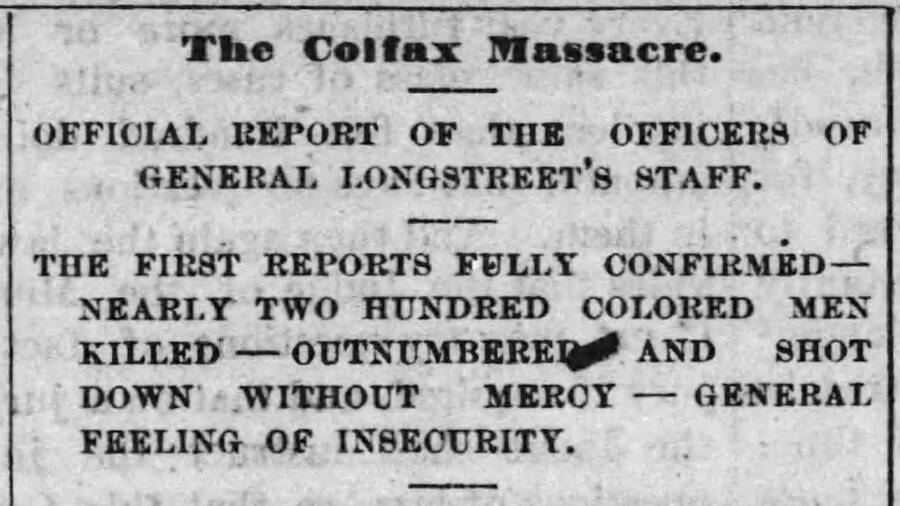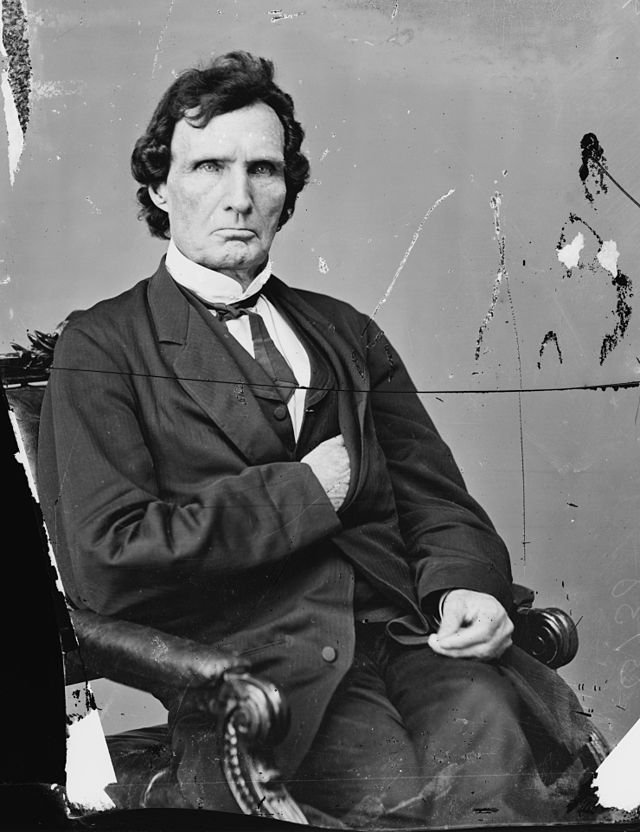In Hebron, NY, a group of friends searched for a friend’s house. They pulled into the wrong driveway. As they left the driveway, a White man named Kevin Monahan came outside. Fired two shots at the car. Tragically murdered 20-year-old Kaylin Gillis. 1/ 
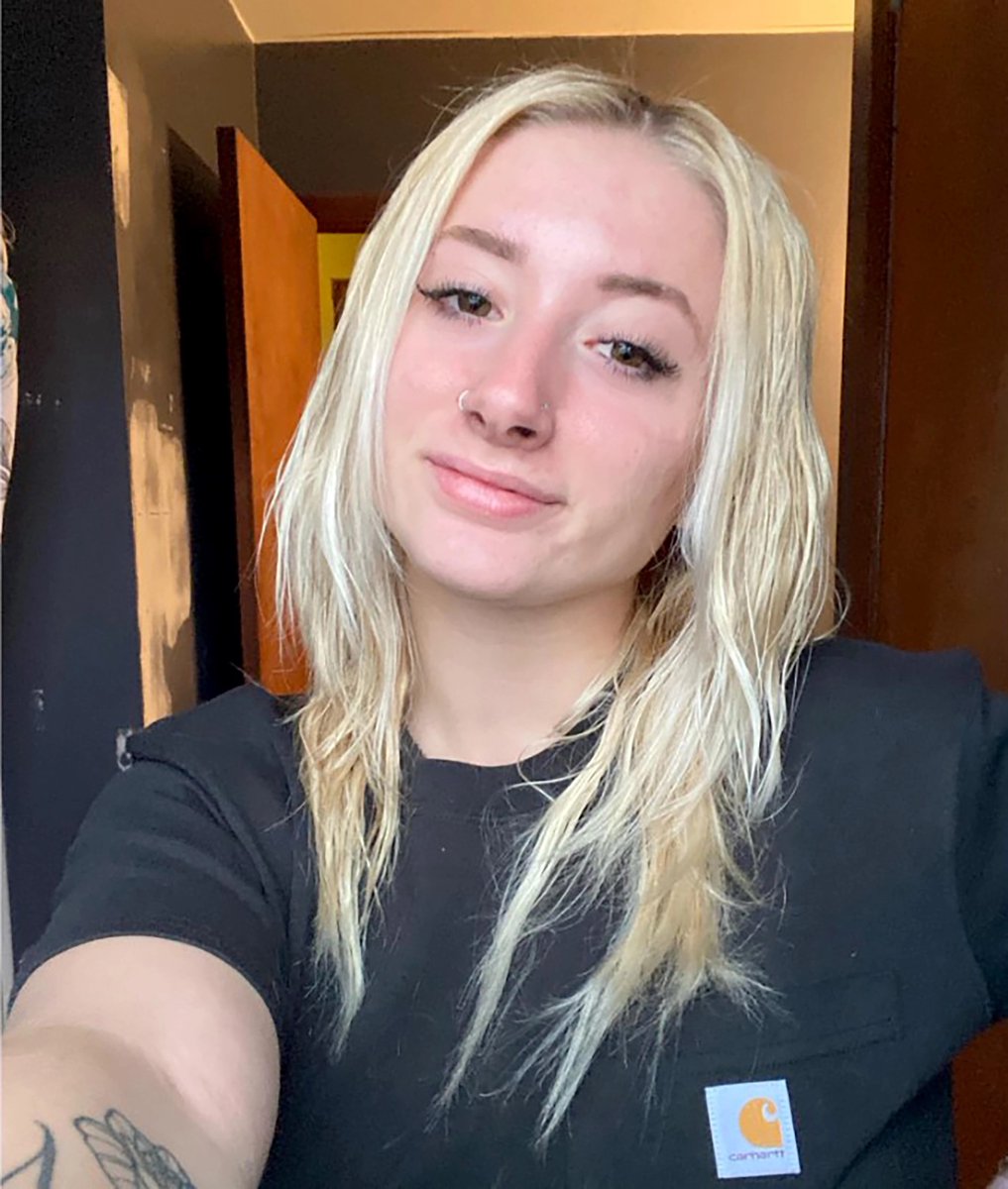
There are White people who think what happened to Ralph Yarl will never happen to them. Think again. 2/
theguardian.com/us-news/2023/a…
theguardian.com/us-news/2023/a…
With endless racist media reports of “Latinx invaders” and “Muslim terrorists” and “Native savages” and “greedy Jews” and “infected Asians” and “Black criminals” ... With the endless stockpiling of 400,000,000 guns to protect homes from all these so-called dangerous people ... 3/ 

With the endless praising and defending of vigilantes, soldiers, cops, and White supremacists when they shoot to kill whenever they claim they are threatened ... 4/ 

With the endless elections of politicians who pardon, arm, and empower — or increase funding for — these violent vigilantes, soldiers, and cops in the name of keeping us safe ... 5/
houstonpublicmedia.org/articles/news/…
houstonpublicmedia.org/articles/news/…
With all of this going on, we have built a nation of fear that endangers and kills people of color, White people—us all. One person's fear—what racist power endlessly produces and manipulates—is another person’s death sentence. 6/ 

We need to build a fearless nation. An antiracist nation. Where we don’t fear groups of people, but we do recognize the actual dangers in our midst. 7/ 

Where people view assault rifles, poverty, racism, toxic masculinity, job deserts, book bans, climate change, poorly funded schools and hospitals, voter suppression, union busting and exploitation as dangerous ... 8/ 

Not groups of people, not that person you don’t know. Not that person ringing your doorbell or coming onto your driveway. Not that person who looks differently, loves differently, worships differently, or thinks differently than you. 9/ 

Rest in peace, Kaylin. Rest in your peaceful recovery, Ralph. Rest as we work to transform this nation. To tackle the actual dangers. To create true peace for us all. 10/10 



• • •
Missing some Tweet in this thread? You can try to
force a refresh

 Read on Twitter
Read on Twitter

